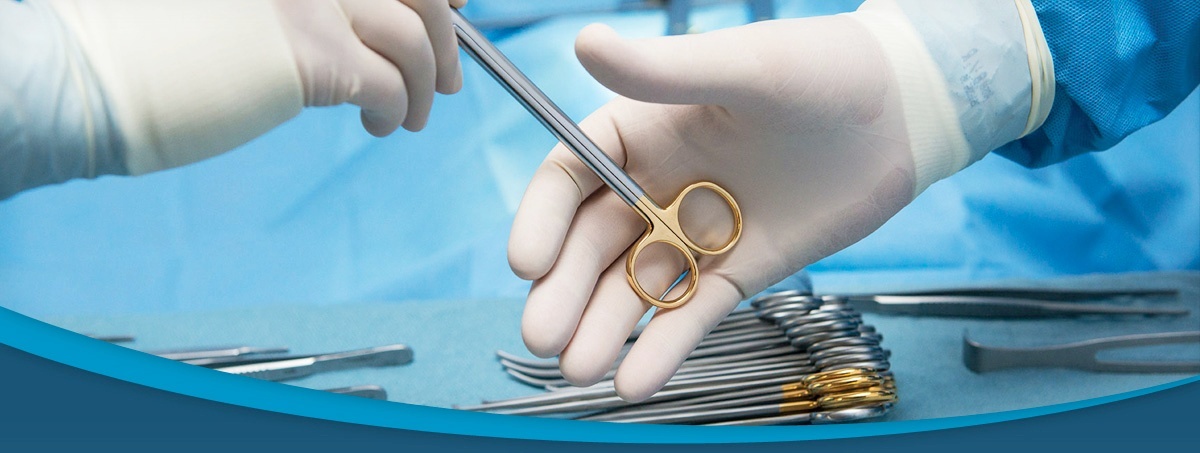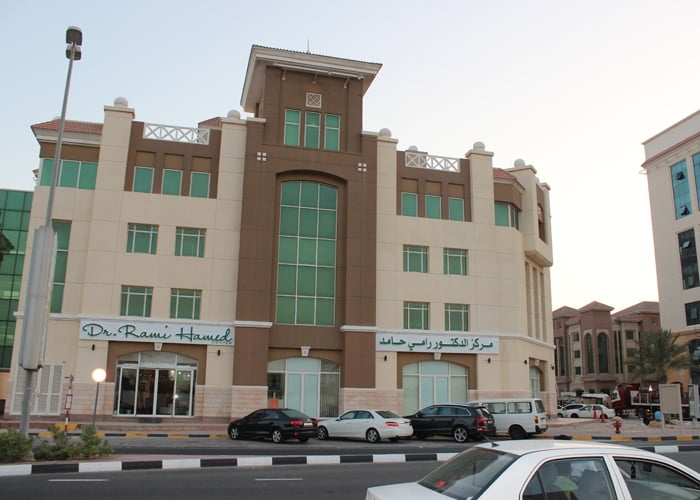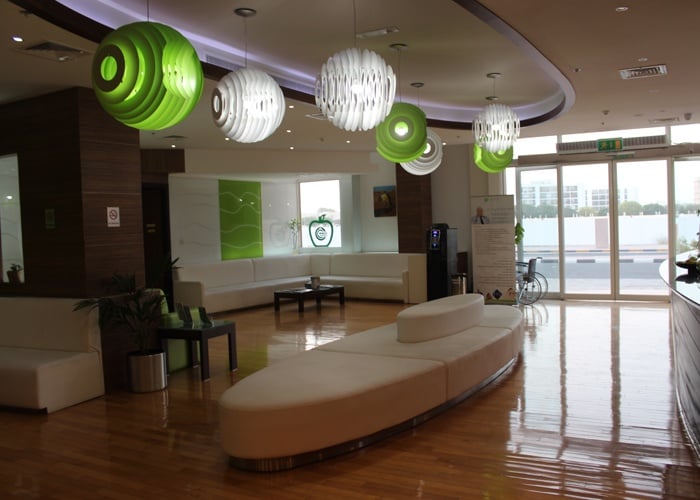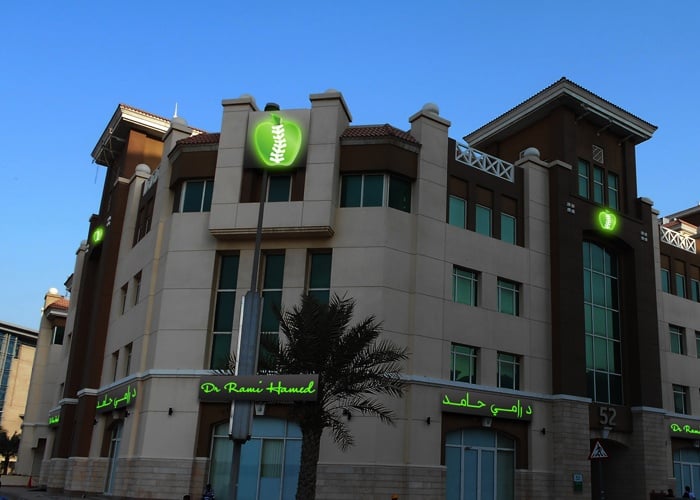Obstructed Defecation Syndrome at DRHC Dubai
Chronic constipation is a common problem that affects up to 30% of people, and 30-50% of these patients suffer from Obstructed Defecation Syndrome (ODS).
In obstructed defecation, feces reach the rectum, but rectal emptying is extremely difficult. Despite repetitive attempts, complete evacuation of rectal contents is either not possible or very problematic. ODS is normally caused by either a defect of pelvic support or abnormal function of the pelvic floor musculature.
Symptoms
- Prolonged and unsuccessful straining
- Feelings of incomplete evacuation
- The need for digital help to complete the evacuation
- laxative use and/or abuse
Predisposing factors
- Multiple pregnancies
- Hysterectomy
- Obesity
- Chronic cough
- Familiar predisposition (laxity of tissues)
The main causes of ODS are:
Women are most affected by Obstructed Defecation Syndrome, especially after multiple pregnancies. Childbearing and childbirth might stretch muscles, soft tissues, and the innervation of the pelvis. Cumulative tissue and nerve damage cause chronic and repetitive fecal stasis, leading to decreased rectal sensory perception.
Rectal prolapse, rectocele, enterocele, and intussusception create a mechanical obstacle for defecation; subsequently, the patient needs to squeeze more to complete evacuation, therefore worsening the prolapse.
Magarectum is one of the ODS consequences, which consists of an abnormal enlargement due to chronic increased pressure during defecation.
Descending perineum syndrome is characterized by a descent of more than 3 cm of the perineal body during straining. Excessive straining and weakened perineal muscles are responsible for it. Then a vicious cycle of straining and perineal descent develops in the patients of ODS and eventually culminates with the development of prolapse.
Diagnosis
- Electromyography (EMG) of the pelvic floor, balloon expulsion test (BET), defecography, and MR defecography are the most frequently used tests.
- In the Balloon Expulsion Test, performed in our office, the patient is asked to expel a balloon filled with air. The inability to expel this balloon supports the diagnosis of ODS.
- Asking the patient to evacuate thickened barium sulfate, which has been introduced in the rectum, under radiological control, performs defecography. On defecography, ODS is characterized by a lack of widening of the anorectal angle during the attempted evacuation of contrast. In a normal individual, during straining, the anorectal angle becomes more obtuse because of the relaxation of the puborectalis muscle.
- MR defecography has several important advantages over conventional defecography. Its non-ionic nature, multiplanar capacity, dynamic evaluation, and good temporal resolution, along with its high-resolution soft-tissue contrast, make it an ideal modality in the assessment of ODS patients. Dr Rami Center is proud to offer these unique ultra-specialist services to our customers!
- Anal manometry is another frequent investigation ordered as part of a diagnostic work-up protocol. A thin plastic catheter is placed in the anus and rectum to measure sphincter muscle pressures.
Therapy
We care about medical therapy, suggesting our patients adopt a healthy lifestyle and giving them diet advice in cooperation with our clinic nutritionist, and important tips to promote correct defecation habits. When necessary, we prescribe up-to-date medical therapy.
Biofeedback and pelvic floor rehabilitation are the backbone of therapy for obstructed defecation syndrome and can solve patients' problems with a 95% success rate.
Surgery
Surgery for ODS is rarely necessary, but in case it is needed, we offer the latest up-to-date minimally invasive techniques for all female pelvic floor diseases.
Most of our surgical minimally invasive techniques are performed in a Day Surgery setting, guaranteeing a short, smooth, and painless postoperative course and a quick return to daily activities.
STARR (Stapled Transanal Rectal Resection) is a new surgical procedure that was introduced for such morphological anomalies. Longo proposed the use of two circular staplers: the first to reduce the intussusception and the bulging rectocele anteriorly, correcting the anterior wall muscle defect, and the second to correct the intussusception posteriorly. In our center, we are proud to offer even newer techniques, allowing us to use only one stapler with a bigger case.
.png?width=281&height=59&name=bookanappointment%20(1).png)
Don’t wait until your problems get more complicated; book your visit today!




.png?width=281&height=59&name=bookanappointment%20(1).png)
.webp?width=1080&height=1080&name=Doctor%20background%20For%20Website%20Dr.%20Fadi%20Nageeb%2009%20(1).webp)
.webp?width=1080&height=1080&name=Doctor%20background%20For%20Website%20Dr%20Abdul%20Majeed%20Khalid%20%2002%20(1).webp)




